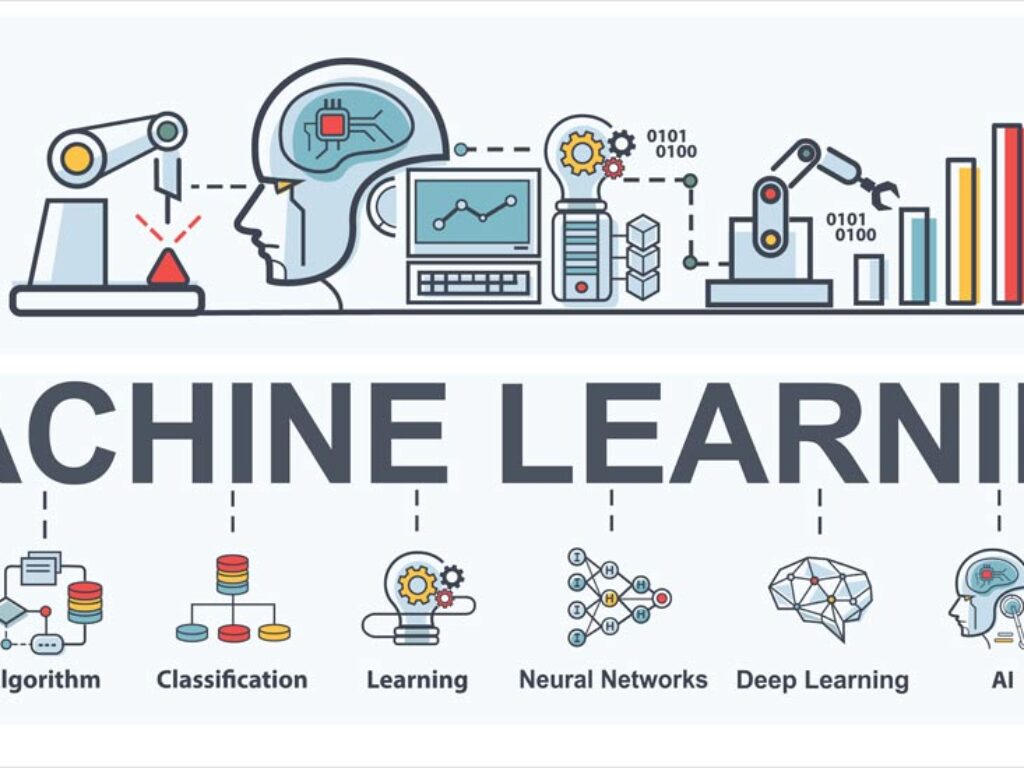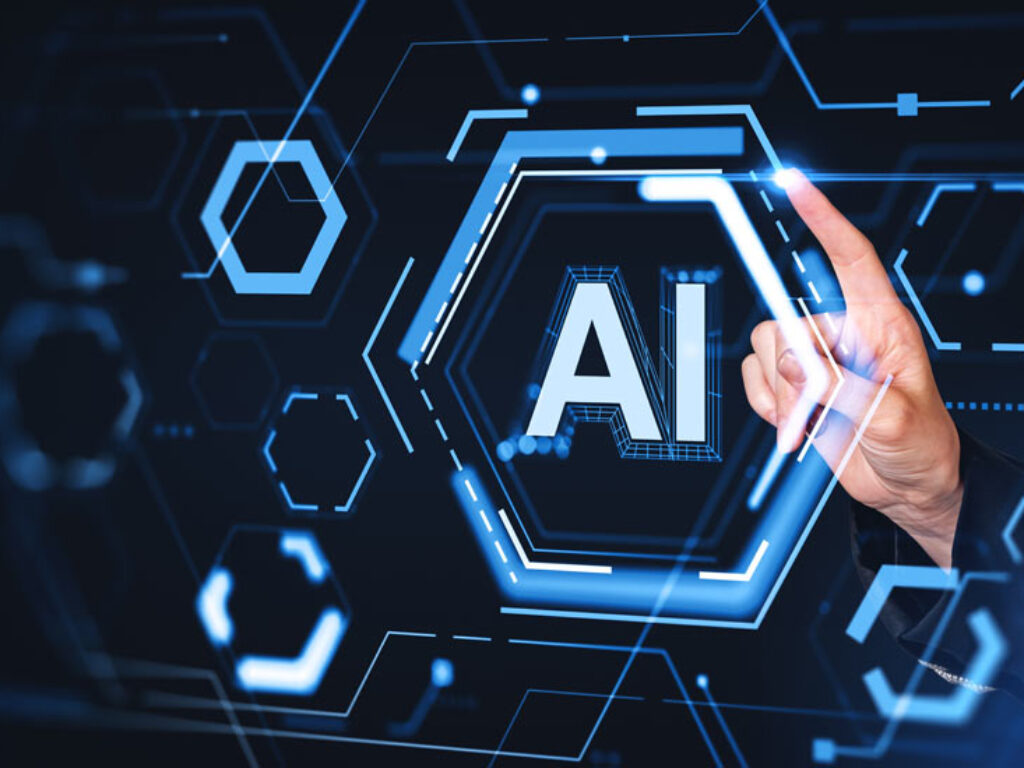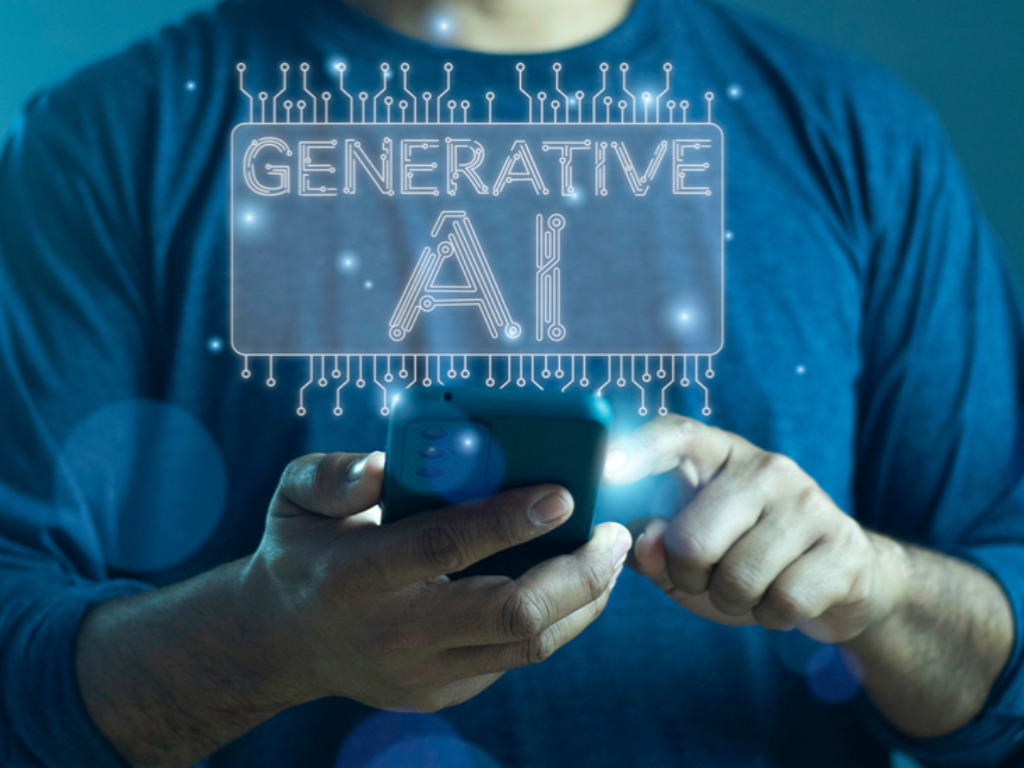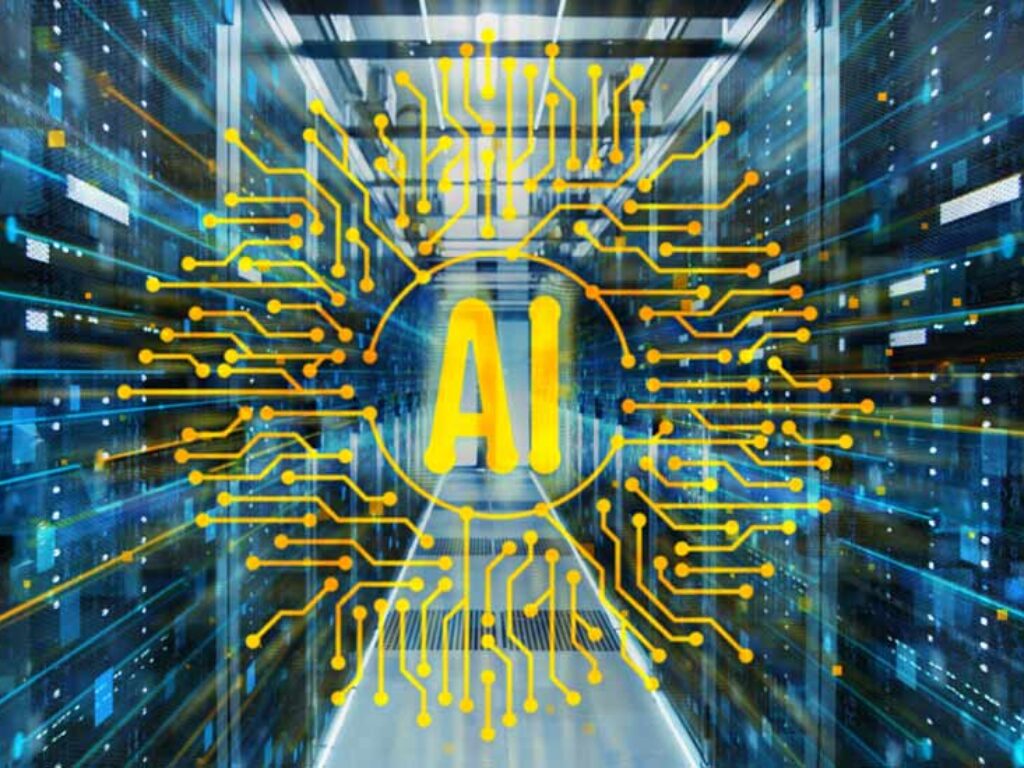Our friends over at MongoDB have prepared a special set of compelling technology predictions for the year ahead. MongoDB team’s predictions for the upcoming year cover topics including AI, diversity in tech, security, cloud, and more..
The Data Disconnect: A Key Challenge for Machine Learning Deployment
This article is excerpted from the book, “The AI Playbook: Mastering the Rare Art of Machine Learning Deployment,” by Eric Siegel, Ph.D., with permission from the publisher, MIT Press. It is a product of the author’s work while he held a one-year position as the Bodily Bicentennial Professor in Analytics at the UVA Darden School of Business.
Alice & Bob to Integrate Cat Qubits in Datacenters of the Future, Accelerated by NVIDIA Technology
Alice & Bob, a quantum hardware manufacturer and leading QPU designer, announced it is working to accelerate the integration of quantum technology into industry by introducing cat qubits into the datacenters of the future.
The Essential Role of Clean Data in Unleashing the Power of AI
In this contributed article, Stephanie Wong, Director of Data and Technology Consulting at DataGPT, highlights how in the fast-paced world of business, the pursuit of immediate growth can often overshadow the essential task of maintaining clean, consolidated data sets. With AI technology, the importance of data hygiene becomes even more apparent, as language models heavily rely on it.
AWS and NVIDIA Extend Collaboration to Advance Generative AI Innovation
GTC—Amazon Web Services (AWS), an Amazon.com company (NASDAQ: AMZN), and NVIDIA (NASDAQ: NVDA) today announced that the new NVIDIA Blackwell GPU platform—unveiled by NVIDIA at GTC 2024—is coming to AWS. AWS will offer the NVIDIA GB200 Grace Blackwell Superchip and B100 Tensor Core GPUs, extending the companies’ longstanding strategic collaboration to deliver the most secure and advanced infrastructure, software, and services to help customers unlock new generative artificial intelligence (AI) capabilities.
Kinetica Delivers Real-Time Vector Similarity Search
Kinetica, the real-time GPU-accelerated database for analytics and generative AI, unveiled at NVIDIA GTC its real-time vector similarity search engine that can ingest vector embeddings 5X faster than the previous market leader, based on the popular VectorDBBench benchmark.
Heard on the Street – 3/21/2024
Welcome to insideBIGDATA’s “Heard on the Street” round-up column! In this regular feature, we highlight thought-leadership commentaries from members of the big data ecosystem. Each edition covers the trends of the day with compelling perspectives that can provide important insights to give you a competitive advantage in the marketplace.
Cloudera and NVIDIA Collaborate to Expand Generative AI Capabilities with NVIDIA Microservices
Cloudera, the data company for trusted enterprise AI, today announced its expanded collaboration with NVIDIA. Cloudera Powered by NVIDIA will integrate enterprise-grade NVIDIA NIM microservices, part of the NVIDIA AI Enterprise software platform, into Cloudera Machine Learning, a Cloudera Data Platform service for AI/ML workflows, to deliver fast, secure, and simplified end-to-end generative AI workflows in production.
DDN AI400X2 Turbo Appliance Accelerates Gen AI and Inference for Data Center and Cloud by 10x
DDN®, a global leader in artificial intelligence (AI) and multi-cloud data management solutions, announced the latest addition to its powerful A3I® solutions, the DDN AI400X2 Turbo. 30% more powerful than the AI400X2, the previous industry performance leader, the AI400X2 Turbo boasts faster performance and expanded connectivity options.
Taking ITSM To The Next Level, Faster—By Bringing AI Along For the Ride
In this contributed article, Krishna Sai from SolarWinds discusses how IT service management (ITSM) is at a crossroads. In recent years, IT teams have drastically changed how they communicate and collaborate. The evolution of IT infrastructure with the advent of cloud computing and big data has led to larger fleets of servers, more storage systems, and more complicated networks. This has led to more than just an increase in the quantity of devices and services we need to manage—there’s been a qualitative change in the level of complexity of the systems we need to manage.













